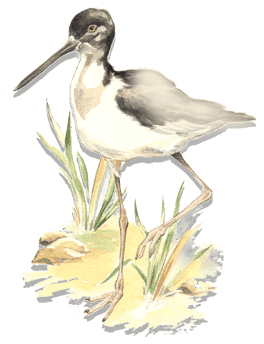|
History
of salt and man
Man
has always needed salt for his subsistence. When he was a nomadic
hunter, his daily need for salt (5-10 grams) and proteins came
from the meat and blood of his prey. The later sedentary Neolithic
Man, with a more vegetarian diet, needed extra input of salt,
although we imagine that he consumed relatively little salt (3-5
grams).
Already
7000 years ago, the Egyptians had created some coastal salinas were
seawater was concentrated to crystallize. The Chinese described
30 types of salt and two methods of producing it about 2700 B.C.
Close to Hallstatt in Austria, Celtic miners had dug several kilometers
of galleries 300 meters under the mountain some 3000 years ago.
On the Atlantic coast people collected salty sand and produced salt
in clay pots 2000 years ago and we know that the salinas of Guérande
– at least partly – existed in the 9th century A.D.
Salt
was for long mostly used for preserving food. It was until recently
a product of high economic and strategic value. Trade, salt-routes,
taxes, wars are words that can be connected to salt. The ancient
Greeks could buy a slave in exchange for salt and roman soldiers
were paid in salt (salary).
A
changing world
But today
the situation is different. The uses of salt are extremely diverse
and the chemical industry uses almost 50% of the European production,
20% is used against ice and snow on the winter roads and only 12%
for human consumption.
The way
of producing salt has also changed. From previously small units
(mines or coastal salinas), salt is today mainly produced in huge
industrial plants and mines or in mechanized salinas of several
1000 hectares. Some big salinas produce one million tons of salt
per year. Financially uninteresting or low-producing sites have
been abandoned. Thus, salt has become a globally cheap and banal
product.
Small
salinas
The ALAS
project is mainly interested in the small coastal salinas along
the Mediterranean, Atlantic and Black Sea coasts. Some have resisted
modernization and have not been totally abandoned. But many have
unfortunately been deserted, transformed into fish-farms or filled
in for roads or other constructions. Even some small salinas have
been modernized or the production techniques have been modified
(fewer harvests).
The small,
often old, salinas have a rich and fascinating history. Their ethnographic
and social values can be of great interest. They may also have a
considerable importance for plants and animals.
Our ambition
is to gather knowledge about these salinas, make people work together
for their survival and economical development. Well beyond the final
date of the ALAS project, we still hope that this is possible.
Hjalmar
Dahm
- More
information about the history of salt can be found in several of
the web-links. We specially advice you to check out www.salt.org.il
- In
tribunes.com
you will find some very interesting articles about salt.
- There
is an international
association for people interested in the history of salt.
|


